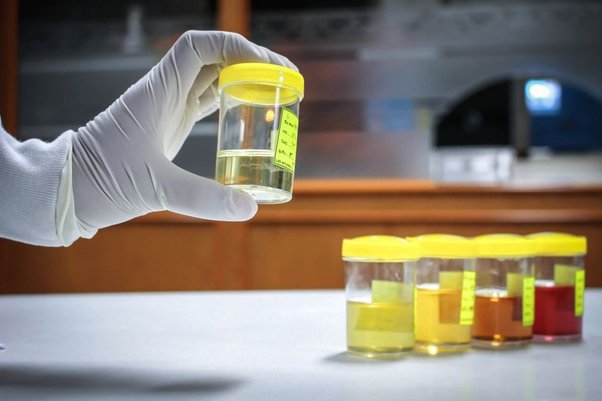Tracking Advancements in Synthetic Urine Kits over the Years
Synthetic urine technology has come a long way since its inception, evolving to meet the changing needs of consumers and adapt to increasingly sophisticated drug testing methods. In this overview, we will explore the significant advancements in synthetic urine kits over the years.
- Early Synthetic Urine Formulas
Timeline: Late 20th Century
The concept of synthetic urine emerged in response to the need for controlled testing in laboratories and research facilities. Early synthetic urine formulas were basic, consisting of a mixture of water, urea, and a few simple chemicals. They were primarily used for calibration purposes and not intended for evading drug tests.
- Introduction of Temperature Control
Timeline: Late 1990s to Early 2000s
As drug testing methods became more stringent and started including temperature checks, synthetic urine kits evolved to incorporate temperature control features. Heating pads or heat activators were introduced to maintain the sample at a realistic temperature, making it harder for testers to identify synthetic urine.

- Enhanced Chemical Composition
Timeline: Early 2000s
Advancements in synthetic chemistry allowed for the development of synthetic urine with a more complex chemical composition that closely mimicked real human urine. These formulations included the inclusion of creatinine, uric acid, and other organic compounds found in urine. The goal was to make it more challenging for tests to differentiate between real and synthetic urine.
- Biocide-Free Formulas
Timeline: Mid-2000s
To improve the reliability of synthetic urine kits, manufacturers began producing biocide-free formulas. Biocides are substances that inhibit the growth of microorganisms. Their absence in synthetic urine ensured that the product remained stable and didn’t degrade over time, enhancing its shelf life and performance.
- Introduction of Brands and Product Variation
Timeline: Late 2000s to Early 2010s
As the demand for synthetic urine increased, several brands entered the market, each offering its unique formulation. This competition led to a variety of product options, catering to different needs and preferences. Brands like Quick Fix, Sub Solution, and XStream became prominent players in the industry.
Conclusion
The evolution of synthetic urine technology has been driven by the need to provide a reliable solution for various purposes, including drug testing. From basic early formulations to advanced, biocide-free, and temperature-controlled kits, synthetic urine has become an indispensable tool for those seeking to pass urine-based drug tests. As the landscape of drug testing continues to change, so too will the technology behind synthetic urine kits, ensuring that they remain a viable option for those who rely on them. However, it’s essential to use synthetic urine responsibly and in compliance with local laws and regulations.purchase synthetic urine products here on this site.


